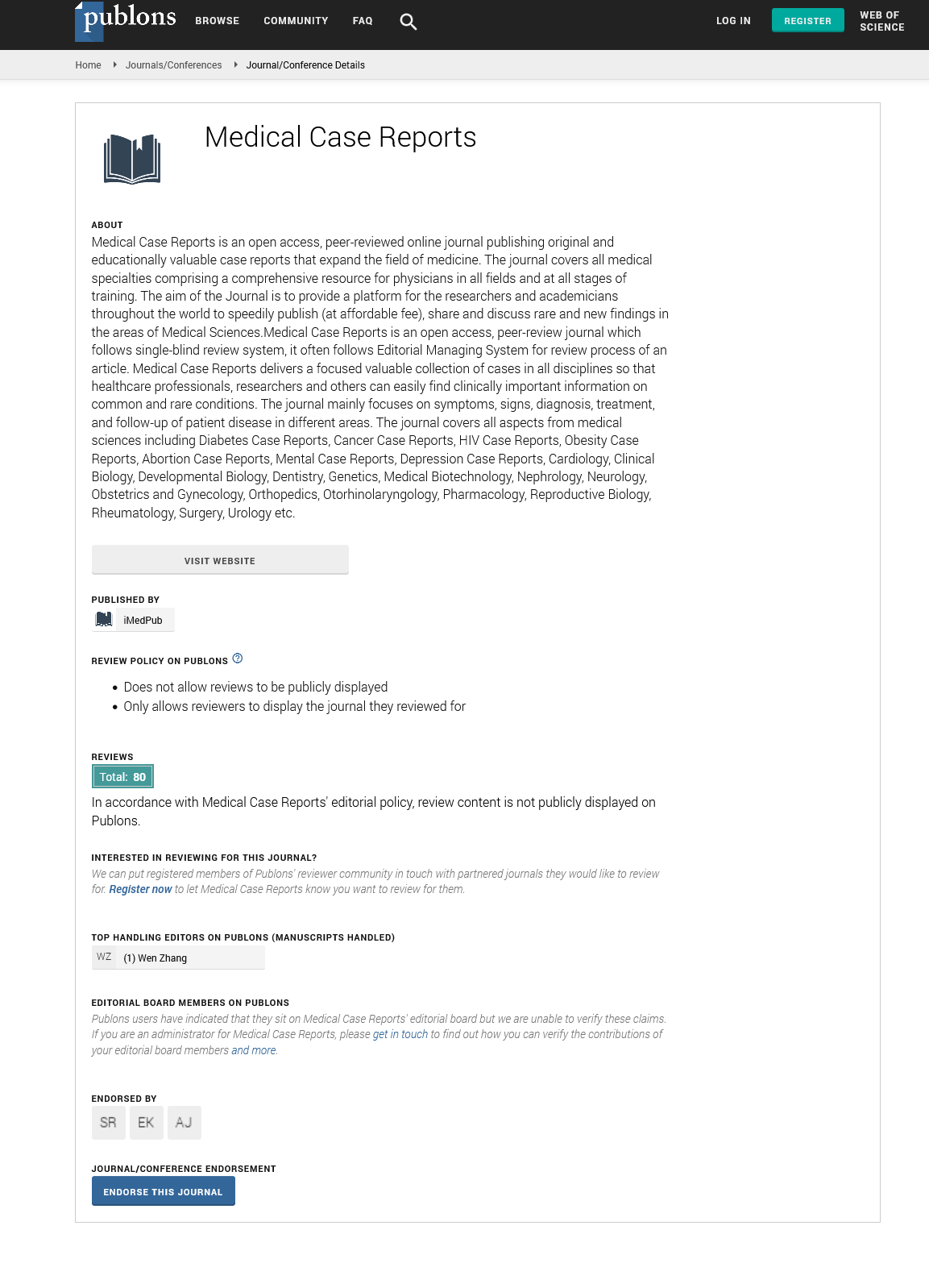Abstract
Changes in The Expression of Somatostatin (SOM) in Nerve Fibers of Gastrointestinal Mucosa in Dogs with Inflammatory Bowel Disease (IBD)
Aim and Background: The aim of this study was to demonstrate for the first time changes in the number of somatostatin – like immunoreactive (SOM-LI) nerve fibers within the mucosal layer of the canine intestine during inflammatory bowel disease (IBD). Mostly, somatostatin (SOM) causes relaxation of the intestinal smooth muscles, as well as reduces the secretion of digestive enzymes and a wide range of gut hormones, such as gastrin, vasoactive intestinal polypeptide and cholecystokinin. Moreover, in the light of the previous studies it is known that SOM participates in mechanisms connected with various intestinal pathological processes, but the knowledge on this issue is rather fragmentary.
Results and Discussion: The study was performed on mucosal biopsy specimens collected from the duodenum, jejunum and descending colon of healthy dogs and dogs with varied severity of IBD. The density of these nerves immunoreactive to SOM was determined by single immunofluorescence technique. The obtained results indicate that IBD induces changes in the density of SOM-LI nerve fibers in canine enteric mucosal layer, and the character of these changes depend on the fragment of the intestine and severity of disease process. SOM-positive fibers density was higher in dogs with severe IBD than in other group of animals, and the most visible changes have been noted in the jejunum.
Conclusion: The obtained results suggest that SOM in intestinal nerve fibers could play a role in the pathogenesis and development of canine IBD. SOM probably shows activity protecting the intestine against damaging factors accompanying IBD. It can be expected that observed changes result from adaptive, anti-inflammatory and anti-nociceptive properties of this peptide. Whereas probably the key role in mechanisms connected with IBD plays the increase in the sensitivity within gut-associated lymphoid tissue (GALT), which leads to disorders in the intestinal activity. This observation may the first step to establish the treatment of canine IBD with somatostatin analogs. We report a first case of chemical pneumonitis secondary to aspiration associated with a patient that had gastric balloon placed, despite following normal NPO guidelines. Standard ASA guidelines may not be sufficient for patients with gastric balloons undergoing elective surgery. These patients may pose a greater risk of aspiration while undergoing emergency procedures.
Author(s):
Krystyna Makowska
Abstract | Full-Text | PDF
Share this

Google scholar citation report
Citations : 241
Medical Case Reports received 241 citations as per google scholar report
Medical Case Reports peer review process verified at publons
Abstracted/Indexed in
- Google Scholar
- China National Knowledge Infrastructure (CNKI)
- Cosmos IF
- Directory of Research Journal Indexing (DRJI)
- WorldCat
- Publons
- Secret Search Engine Labs
- Euro Pub
Open Access Journals
- Aquaculture & Veterinary Science
- Chemistry & Chemical Sciences
- Clinical Sciences
- Engineering
- General Science
- Genetics & Molecular Biology
- Health Care & Nursing
- Immunology & Microbiology
- Materials Science
- Mathematics & Physics
- Medical Sciences
- Neurology & Psychiatry
- Oncology & Cancer Science
- Pharmaceutical Sciences


